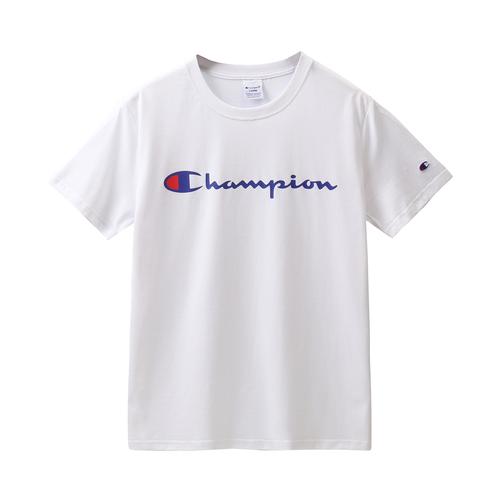The texture of clothing has a great impact on the overall effect. The following are the characteristics of some common fabrics and their impact on the effect:
1. Cotton : Cotton is a fabric with good breathability and strong moisture absorption. It’s comfortable and soft for everyday wear and casual wear. Cotton fabrics generally have good durability, but they wrinkle easily and require ironing. It can give people a natural, relaxed and skin-friendly feeling.
2. Polyester: Polyester is a fabric made through chemical fiber technology. It has excellent wrinkle and stretch resistance, is easy to clean and dries quickly. Polyester fabrics are commonly used to make sportswear, professional wear and performance apparel. However, polyester fabric is not breathable and may cause discomfort while wearing it.
3. Silk: Silk is a natural protein fiber fabric with high gloss and soft hand feel. Silk is breathable and has good warmth retention properties. Silk fabrics are often used to make haute couture clothing, giving people a sense of elegance and elegance. However, silk wrinkles easily and requires careful maintenance.
4. Linen: Linen is a natural fiber fabric with good air permeability and moisture absorption. Linen fabrics are often used in summer clothing, giving them a light, refreshing feel. Linen is prone to wrinkles, but this also adds a natural and casual style.
5. Down: Down includes wool, cashmere, etc., which has excellent warmth retention properties. Plush fabrics are often used to make winter coats and knitwear, giving them a warm, cozy feel. However, pile fabrics require special cleaning and maintenance methods.
In addition to the above-mentioned fabrics, there are many other fabrics such as silk, nylon, elastic fiber, etc., each of which has special characteristics and effects. When choosing clothing, you can consider the characteristics and applicability of different fabrics based on the season, occasion, and personal needs and preferences to achieve the ideal effect.






